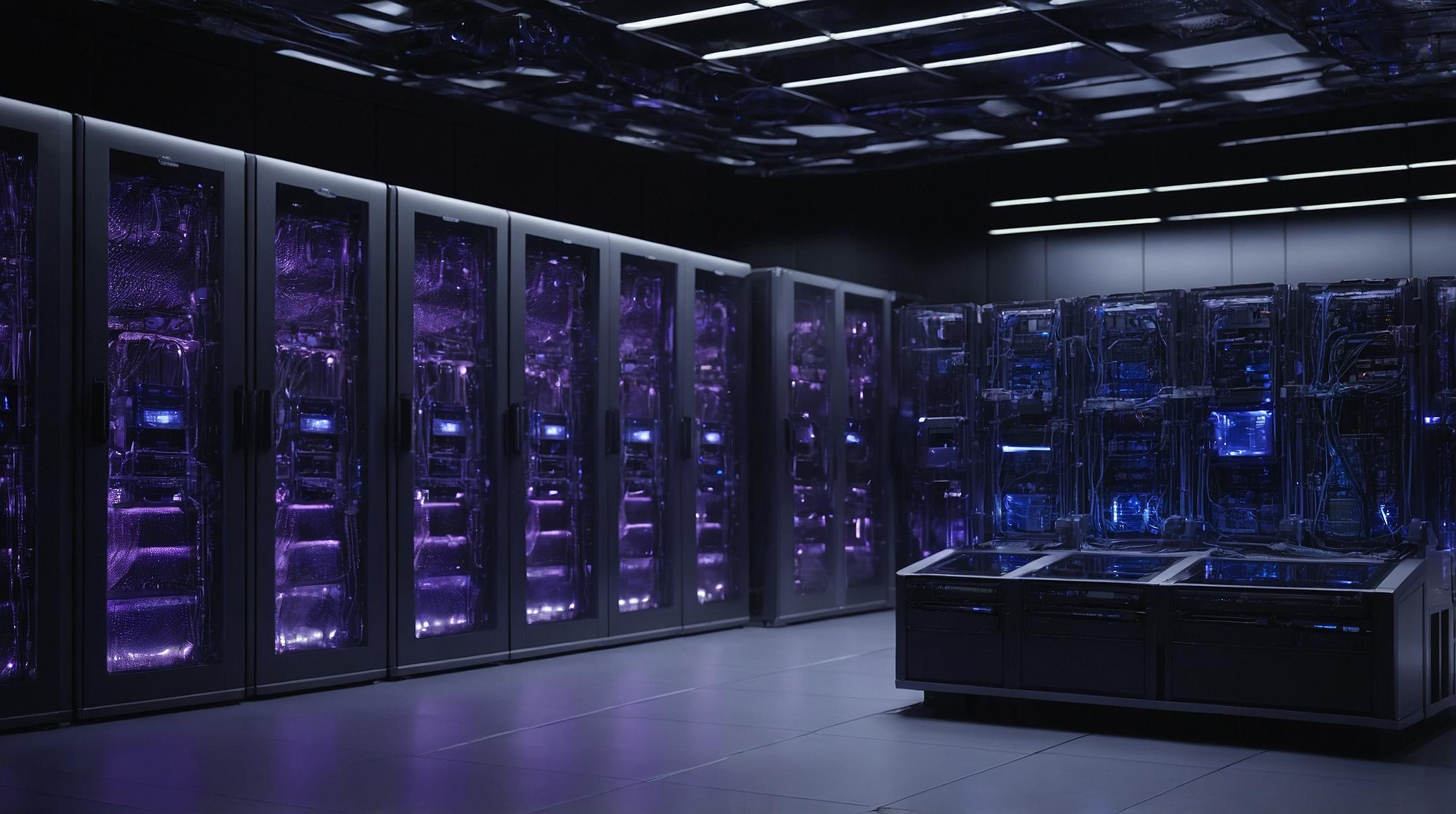Nintendo vs. Sony PlayStation: A Comprehensive Gaming Console Manufacturers SWOT Comparison
In the ever-evolving landscape of the gaming industry, two titans have consistently stood at the forefront: Nintendo and Sony PlayStation. These behemoths have not only defined what it means to engage in digital entertainment but have also set the standards for innovation, user experience, and game quality. As we delve into a SWOT analysis of these gaming console manufacturers, it's crucial to understand the strengths, weaknesses, opportunities, and threats that shape their current market position and future trajectories.
Nintendo: Pioneering Fun and Innovation
Nintendo, the iconic brand behind the legendary Mario and Zelda franchises, has long been synonymous with creativity and family-friendly entertainment. Its strength lies in its innovative hardware design and a strong lineup of exclusive titles, which have cultivated a loyal fan base. The Nintendo Switch, with its hybrid design, has revolutionized the gaming experience, allowing for seamless transition between home console and portable gaming. This innovation has not only expanded Nintendo’s market but also reinforced its reputation as a pioneer.
However, Nintendo faces weaknesses in its online services and third-party support. Compared to its competitors, Nintendo's online platform is often criticized for lacking features and robustness, impacting the overall user experience. Moreover, while its exclusive games are a significant draw, the limited third-party support can deter gamers looking for a broader range of titles.
Opportunities for Nintendo lie in expanding its IP utilization beyond gaming, including into movies, theme parks, and merchandise. Additionally, the growing market for mobile gaming offers a lucrative avenue for Nintendo to further capitalize on its beloved franchises.
Threats to Nintendo include the increasing competition from mobile gaming platforms and the potential for market saturation. As technology advances, the distinction between mobile and console gaming continues to blur, challenging Nintendo to innovate continually.
Sony PlayStation: Dominating with Power and Performance
Sony PlayStation has firmly established itself as a leader in the gaming industry, known for its powerful hardware and an extensive library of high-quality titles. The PlayStation 5 has continued this legacy, offering cutting-edge graphics, lightning-fast loading times, and an immersive gaming experience. Sony's strength lies in its ability to appeal to hardcore gamers through its technological prowess and exclusive AAA titles.
However, the PlayStation's weaknesses include the high cost of entry for its latest consoles and a limited supply of the PlayStation 5, which has frustrated many potential buyers. Furthermore, while Sony excels in hardware and software, it could improve its community engagement and innovative features compared to its rivals.
Sony has significant opportunities in enhancing its online services and exploiting the virtual reality market. The PlayStation Network could be expanded to offer more value to its subscribers, and with the PlayStation VR, Sony is well-positioned to be at the forefront of the next gaming revolution.
Threats facing Sony include the rapid evolution of cloud gaming services, which could undermine the need for traditional consoles, and the aggressive strategies of competitors like Microsoft, which is investing heavily in its Xbox Game Pass and cloud gaming initiatives.
Conclusion
In the battle between Nintendo and Sony PlayStation, both giants possess distinct strengths and face unique challenges. Nintendo's focus on innovation and family-friendly content contrasts with Sony's emphasis on power and performance. As they navigate the opportunities and threats in the digital entertainment landscape, their ongoing rivalry will undoubtedly continue to shape the future of gaming. For consumers, this competition promises a continual evolution of gaming experiences, driven by these titans' quest for dominance in the digital playground.













